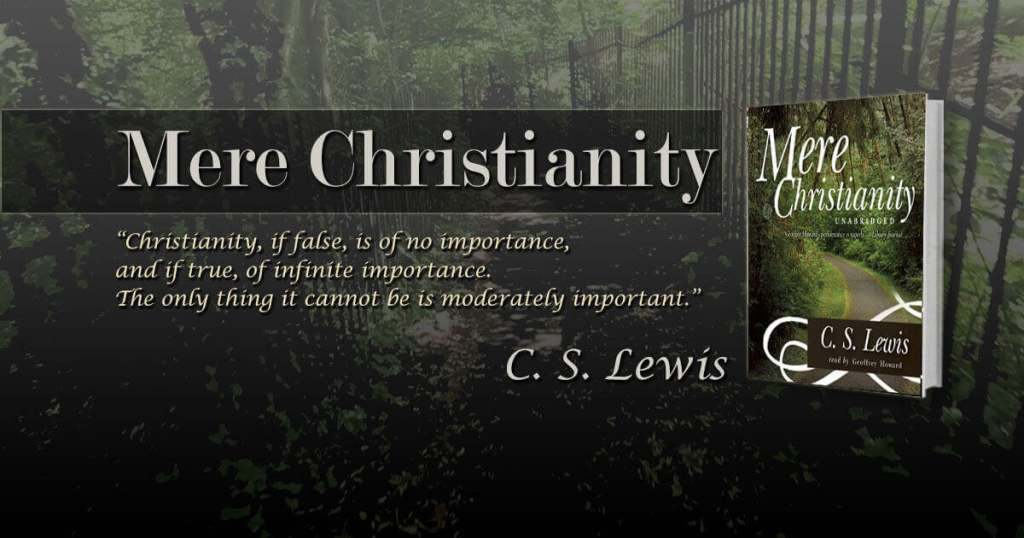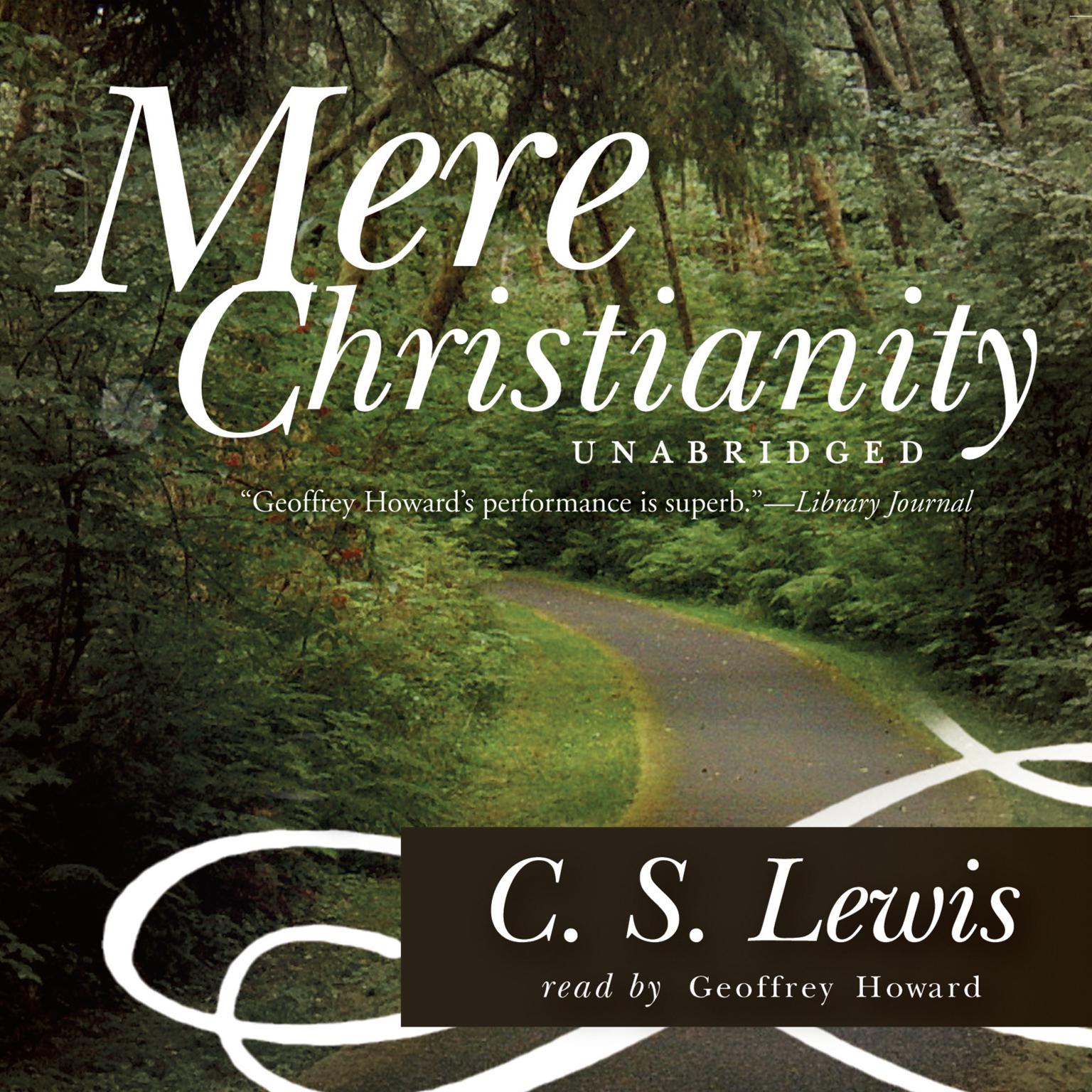C.S. Lewis’s Mere Christianity has stood the test of time, captivating readers for decades with its compelling and thought-provoking content. While many books fade into obscurity, Mere Christianity has seen a surge in popularity, selling millions of copies since its first publication in the 20th century. It has become the go-to book for individuals considering Christianity or grappling with doubts about their faith. In this article, we will explore the enduring appeal of Mere Christianity and the qualities that made Lewis’s communication of the Christian faith so effective.

Part 1: Seeking Timeless Truths
1.1 The Enduring Power of Historical Beliefs
C.S. Lewis, a student of history, recognized the value of ideas that had stood the test of time. In an era of ever-changing ideologies, Lewis emphasized the importance of grounding one’s faith in “mere Christianity” – the belief that has been common to nearly all Christians throughout history. Rather than presenting the latest modern ideas about Christianity, Lewis focused on the essential core of the faith, which had endured long before his time. By connecting with timeless truths, Lewis ensured that his message would resonate with readers across generations.

“Rather than presenting the latest modern ideas about Christianity, Lewis was presenting an essential Christianity that had been around ‘long before I was born and whether I like it or not.'” – Mere Christianity

1.2 Avoiding Partisanship and Modern Fads
Lewis was careful to avoid aligning Christianity with specific social or political causes. He recognized the danger of diluting the essence of the faith by intertwining it with trendy theological fads or partisan agendas. Instead, Lewis emphasized the supernatural claims of the gospel message, steering clear of the liberal ecumenism prevalent in his time. By focusing on the timeless truths of Christianity, Lewis presented a robust and unadulterated message that resonated with readers seeking a solid foundation for their faith.

“Unlike the liberal ecumenism that was so prominent in his day, which offered a largely demythologized Christianity, Lewis insisted on a robust appropriation of the central supernaturalist claims that have been the gospel message throughout the ages.” – Mere Christianity
Part 2: Connecting with Perennial Human Nature
2.1 Appealing to the Universal Sense of Right and Wrong
Lewis’s understanding of perennial human nature allowed him to connect with a wide audience. He recognized that most individuals have an innate conviction that there is a real distinction between right and wrong in the universe. By appealing to this shared experience, Lewis cultivated a sense of guilt that served as a necessary starting point for individuals seeking spiritual transformation. He encouraged readers to reflect on their own shortcomings and the failure of others to live up to moral standards, paving the way for a deeper exploration of faith.
“He started by appealing to individuals’ own experiences of the perennial human conviction that there was a real right and wrong in the universe.” – Mere Christianity
2.2 The Power of Reason and Imagination
While some may view Lewis as a rationalistic apologist, his effective use of imagination, metaphor, and analogy set him apart. By appealing to the imagination, Lewis engaged readers on a deeper level, helping them grasp complex concepts through relatable images and analogies. Drawing from his background as a literary person and writer, Lewis infused his apologetic work with vivid language and powerful imagery. This creative approach allowed him to bridge the gap between reason and imagination, speaking to both the intellect and the heart of his audience.

“Sometimes people assume that Lewis was primarily a rationalistic apologist, and they dismiss him without much attention or even say that such rationality is out-of-date in the twenty-first century. But as many commentators have pointed out, while there are some conspicuous arguments in Mere Christianity, Lewis appeals more essentially to the imagination.” – Mere Christianity
Part 3: Embracing the Demands of the Gospel
3.1 A Call to Radical Transformation
Lewis’s Mere Christianity is far from promoting a message of “cheap grace.” Instead, he presents a demanding gospel message that calls for personal sacrifice and a complete surrender of self. The idea of “mere” Christianity is not about minimalism but about embracing the profound transformation that comes with a genuine commitment to Christ. Lewis challenges readers to give up their own sovereignty and allow Christ to live within them, becoming “little Christs” and seeking perfection in their lives.
“Lewis was not promoting ‘cheap grace’ — to use the term that Dietrich Bonhoeffer coined in the same era. ‘Mere’ Christianity is not minimal Christianity. It is not easy or safe.” – Mere Christianity
3.2 The Beauty of Submission
Lewis emphasizes the importance of being open to the transformative power of Christ, allowing oneself to be “surprised by joy.” This recognition of beauty leads to a radical reordering of one’s loves and desires. Being “in Christ” means aligning one’s loves with God’s love and experiencing a profound shift in priorities. Lewis’s portrayal of the gospel message challenges readers to relinquish their self-centeredness and embrace a life of selflessness and devotion to
“Being ‘in Christ’ means a radical reordering of one’s loves, as in the Augustinian tradition. We find ourselves in the orbit of the sun of Christ’s love so that our own loves begin to be brought into their proper places. We seek to love what God loves.” – Mere Christianity
Part 4: Pointing to the Luminosity of the Gospel
4.1 A Transcendent Focus
A key aspect of Lewis’s apologetic approach is his intentional redirection of attention away from himself and towards the gospel message. By avoiding self-centeredness and personal agendas, Lewis ensures that the focus remains on the object of faith. Rather than presenting arguments for the sake of his own views, he acts as a companion on a journey, pointing out the beauty and truth of Christianity. Like a skilled guide leading hikers to breathtaking vistas, Lewis directs readers to the awe-inspiring power of the gospel.
“Lewis deliberately points the listener or reader toward an object. He does not simply present arguments; rather, he acts more like a friendly companion on a journey.” – Mere Christianity
4.2 The Power of Beauty and Wonder
Lewis’s skillful use of language and imagery allows readers to experience the power of beauty that lies within the gospel message. His imaginative descriptions paint vivid pictures of spiritual transformation, capturing the reader’s attention and stirring their hearts. By leading readers to encounter the extraordinary, Lewis ensures that the impact of the message goes beyond mere intellectual understanding, leaving a lasting impression.
“Recognition of the beauty that brings that joy leads to the otherwise impossible submission of the self. Being ‘in Christ’ means a radical reordering of one’s loves.” – Mere Christianity
Conclusion
C.S. Lewis’s Mere Christianity continues to captivate readers with its timeless truths and compelling presentation of the Christian faith. By grounding his message in historical beliefs, appealing to perennial human nature, engaging reason and imagination, presenting a demanding gospel, and pointing to the luminosity of the gospel message itself, Lewis crafted an apologetic work that transcends the boundaries of time and culture. Mere Christianity remains a beacon of hope, inviting readers to embark on a transformative journey of faith.




No comments! Be the first commenter?